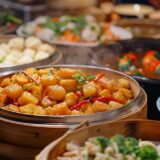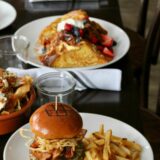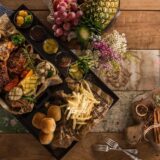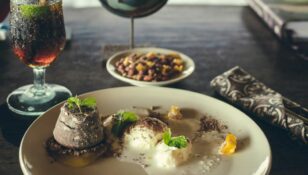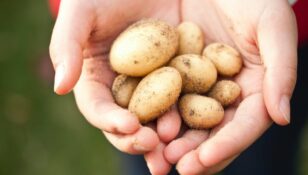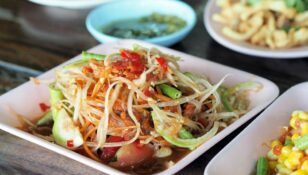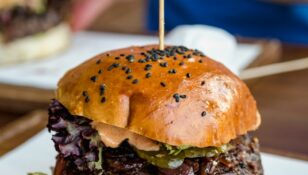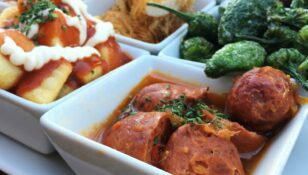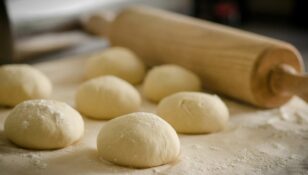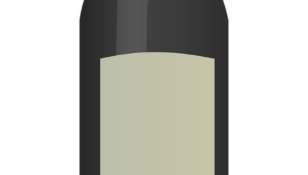Baka glutenfritt fika enkelt
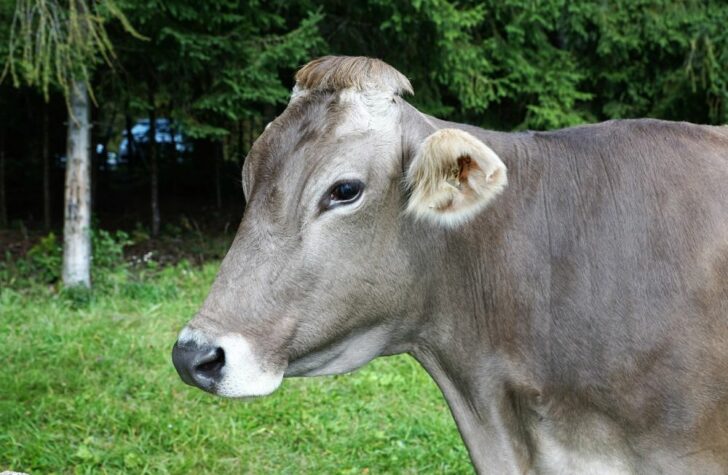
: En omfattande guide för glutenintoleranta mat- och dryckesentusiaster
Introduction:
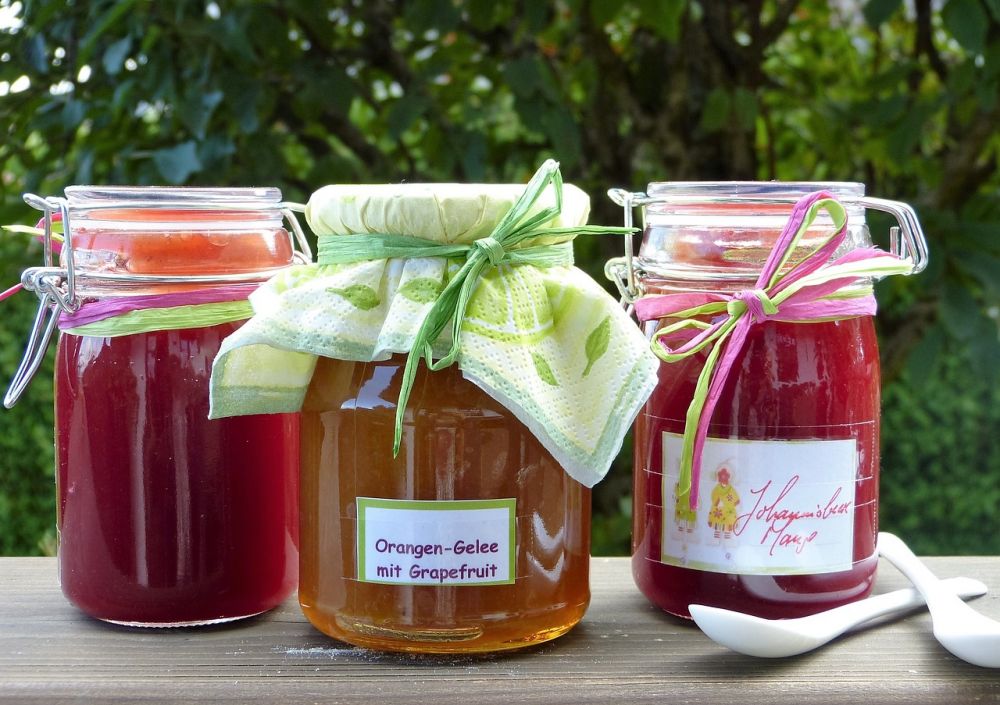
Gluten intolerance can be quite challenging for individuals who love to indulge in baked treats. However, with the rising popularity of gluten-free alternatives, baking gluten-free fika has become easier than ever. In this article, we will provide you with a thorough overview of baking gluten-free fika, including its definition, various types, popular choices, quantitative measurements, differences between different recipes, and a historical analysis of its advantages and disadvantages.
I. Understanding Baking Gluten-Free Fika
1. Definition:
Baking gluten-free fika refers to the process of creating delicious treats without the use of gluten-containing ingredients such as wheat, barley, and rye. It caters primarily to individuals with gluten intolerance or celiac disease.
2. Types of Gluten-Free Fika:
a. Cakes and Cupcakes: Gluten-free cakes and cupcakes come in various flavors, ranging from classic chocolate to fruity delights like lemon and strawberry.
b. Cookies and Brownies: Gluten-free alternatives to traditional cookies and brownies have gained immense popularity. Options include chocolate chip cookies, peanut butter cookies, and fudgy brownies.
c. Pastries and Pies: Gluten-free pastries and pies provide a perfect option for those craving flaky and buttery goodness. Apple turnovers, pecan pies, and tarts are some popular choices.
d. Bread and Muffins: Gluten-free bread and muffins allow individuals to enjoy toast or a quick breakfast treat without the worries of gluten. Banana bread, zucchini muffins, and cinnamon rolls are common options.
3. Popular Choices:
Gluten-free options for fika have become increasingly popular due to a growing demand for inclusive treats. Some of the favored choices among gluten-intolerant individuals include chocolate cake, chocolate chip cookies, blueberry muffins, and almond tart.
II. Quantifying Gluten-Free Fika
1. Measurement Conversions for Gluten-Free Baking:
When baking gluten-free fika, it is essential to understand the proper measurement conversions, as gluten-free flours and ingredients may have different weights and densities. Here are some general guidelines for converting measurements:
a. Flour: Substitute by weight, using a 1:1 ratio of gluten-free flour to regular flour. For cup measurements, use a gluten-free flour blend or use 120 grams per cup.
b. Sugar: No conversions are typically required for sugar.
c. Butter and Oil: No conversions are generally necessary, but ensure that the recipe remains balanced.
d. Baking Powder and Baking Soda: Use the same amount as called for in the original recipe.
e. Xanthan Gum: Add 1/2 teaspoon per cup of gluten-free flour to help with binding and structure.
2. Testing and Adjusting Recipes:
Experimenting with gluten-free baking is crucial to achieve the desired taste and texture. Adjustments may be needed for individual recipes, such as adding more moisture or adjusting baking times. It is recommended to keep a record of any modifications made.
III. Exploring Different Gluten-Free Fika Recipes
1. Distinguishing Factors:
Gluten-free fika recipes differ from their traditional counterparts primarily in their use of gluten-free flours and alternative ingredients. The absence of gluten affects the texture, taste, and structure of the final product.
2. Flour Options:
a. Rice Flour: Derived from rice grains, this gluten-free flour creates a lighter texture in baked goods but can be slightly grainy.
b. Almond Flour: Made from ground almonds, this flour adds a nutty flavor and a moist, dense texture to baked treats.
c. Coconut Flour: An excellent option for individuals with nut allergies, coconut flour provides a unique flavor along with a light and fluffy texture.
d. Gluten-Free Flour Blends: Pre-mixed flour blends specifically formulated for gluten-free baking offer convenience and a balanced blend of various gluten-free flours.
IV. A Historical Analysis of Advantages and Disadvantages
1. Advantages of Gluten-Free Fika:
a. Healthier Options: Many gluten-free fika recipes incorporate alternative flours and ingredients that are more nutritious, such as almond flour, coconut flour, and gluten-free grains.
b. Inclusivity: Baking gluten-free fika allows individuals with gluten intolerance or celiac disease to indulge in delicious treats while feeling included in social settings.
c. Expanding Culinary Horizons: Exploring gluten-free baking encourages creativity and the discovery of new flavor combinations and techniques.
2. Disadvantages of Gluten-Free Fika:
a. Higher Costs: Gluten-free ingredients and specialty flours often come at a higher price point compared to traditional baking ingredients.
b. Texture and Taste Challenges: The absence of gluten can make achieving the desired texture and taste more challenging, requiring experimentation and adjustment.
c. Accessibility: Finding gluten-free ingredients and ready-made gluten-free fika options can be more challenging in certain areas.
Conclusion:
Baking gluten-free fika has never been simpler, thanks to the abundance of resources and alternative ingredients available today. By understanding the various aspects of baking gluten-free fika, experimenting with different recipes, and appreciating the historical advantages and challenges, individuals with gluten intolerance can enjoy delightful treats without compromising their dietary needs. So, don your apron, grab those gluten-free flours, and let your creativity soar in the kitchen as you bake delicious gluten-free fika for yourself and your loved ones.
Recommended Videos for Gluten-Free Fika:
1. How to Make Moist Gluten-Free Chocolate Cake [INSERT VIDEO LINK]
2. Easy Gluten-Free Chocolate Chip Cookies Recipe [INSERT VIDEO LINK]
3. Perfectly Flaky Gluten-Free Apple Turnovers [INSERT VIDEO LINK]


